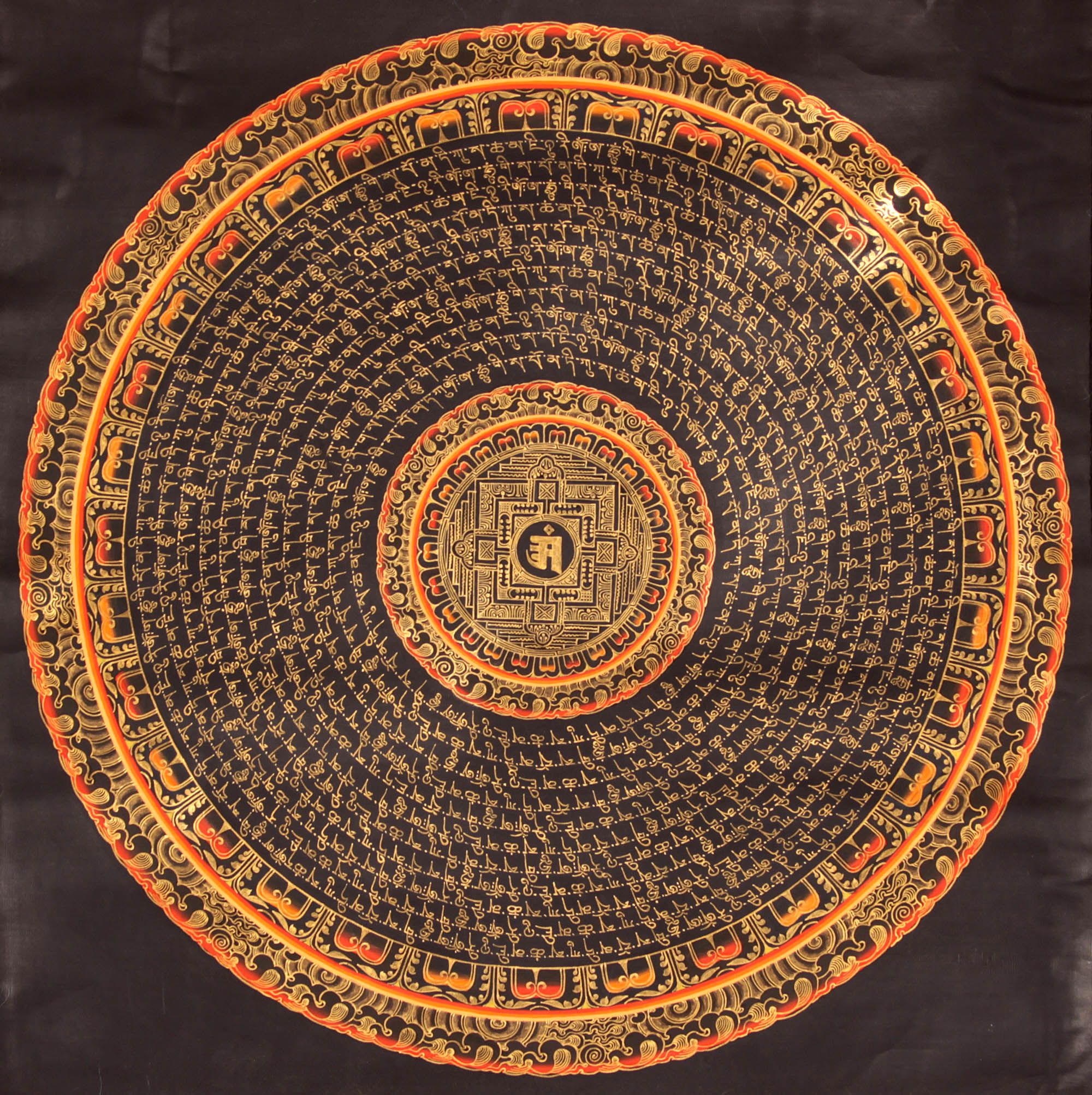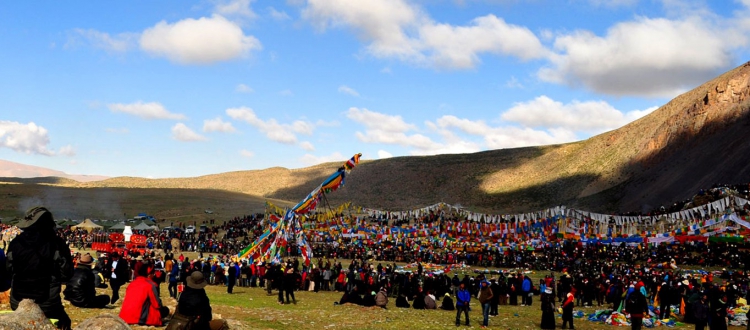About Tibetan Buddhist

Buddhism practiced in Tibet and Mongolia is known as Tibetan Buddhism.
It is also popular in the Himalayan region, including Ladakh, Sikkim, Arunachal Pradesh, Bhutan, and Nepal. Additionally, there are smaller groups of practitioners located in Central Asia, Xinjiang, Inner Mongolia, and some parts of Russia such as Tuva, Buryatia, and Kalmykia.
In the wake of the Tibetan diaspora, Tibetan Buddhism has also gained adherents in the West and throughout the world.























